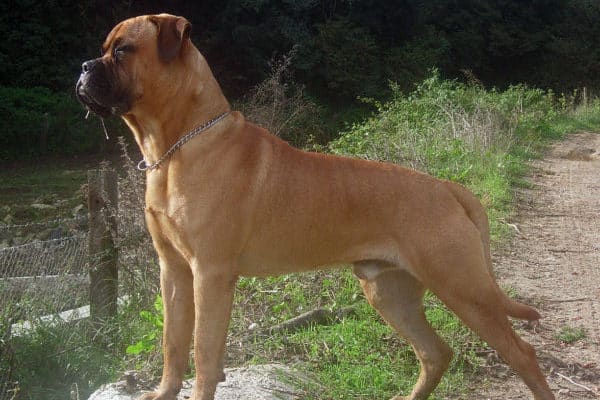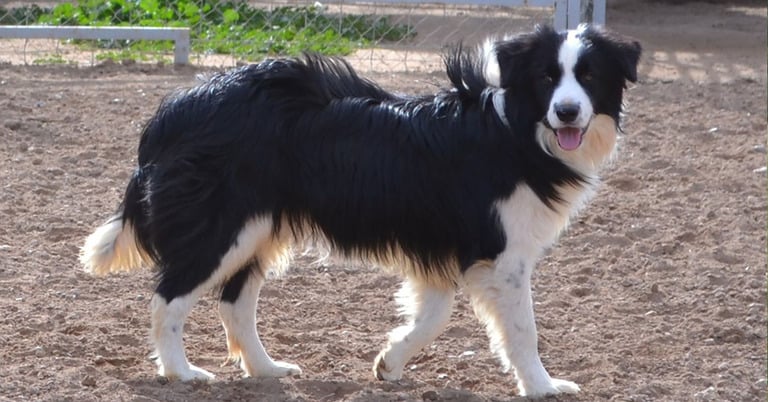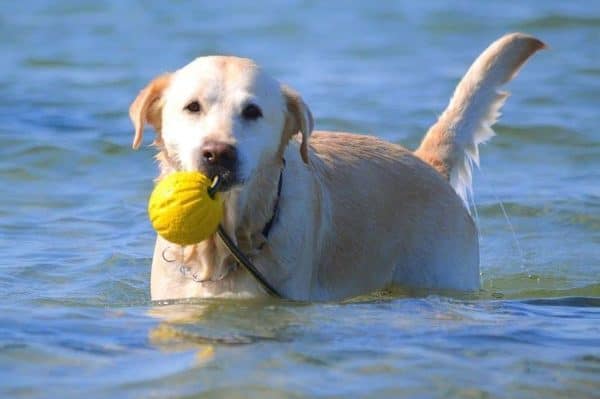Bullmastiff: Massive But Affectionate Dog
History Of The Bullmastiff
 One common misconception about dog breeds in Britain is that the Bullmastiff is one of the oldest. Mastiffs are the oldest, but the Bullmastiff is a relatively new dog breed. It was created as a guard dog by mating the English Mastiff with the now-extinct Old English Bulldog in the nineteenth century. The Kennel Club recognized it as a breed in 1924.
One common misconception about dog breeds in Britain is that the Bullmastiff is one of the oldest. Mastiffs are the oldest, but the Bullmastiff is a relatively new dog breed. It was created as a guard dog by mating the English Mastiff with the now-extinct Old English Bulldog in the nineteenth century. The Kennel Club recognized it as a breed in 1924.
Around the turn of the 20th century, the Bullmastiff received comprehensive documentation. At the time, they were responsible for guarding sizable estates against poachers posing a severe threat to gamekeepers.
Bullmastiff dogs were used as guards and protection to deter poachers and safeguard the gamekeepers’ livelihoods. These dogs were strong and brave, waiting patiently until a poacher appeared before attacking.
Before the development of the Bullmastiff, the Bulldog, and the standard Mastiff were the only canines capable of providing this level of protection. The Mastiff was too slow, and the Bulldog was too small, which was the issue. The Bullmastiff, a hybrid of these two breeds, was developed and is the ideal guardian of the land.
As time passed, many breeders decided to stop breeding Bullmastiff dogs who were partially mixed with other breeds. The final product, a dog that is roughly 60% to 70% mastiff and the remaining Bulldog, is the perfect dog. The breeding was successful, and by the early 1920s, the English Kennel Club had given the Bullmastiff official recognition.
The AKC then gave the breed official registration in 1933. The AKC Breed Club for this breed is the American Bullmastiff Association. It is included in the Working Group.
Appearance
The Bullmastiff is a very large and imposing dog. They have a large head that adds to their impressive appearance. Their coats come in fawn, red, or brindle. Some limited white marking on the chest is allowed.
Personality

The typical healthy Bullmastiff is calm, gentle, and relatively laid-back. Even though they are not easily aroused, these dogs are fearless and highly threatening when startled and concentrated on an assailant.
The Bullmastiff was created with a guarding attitude when developed as a breed. They are loyal, possessive, territorial dogs with an inherent sense of who belongs on one’s property and who doesn’t. Even though they appear compelled to stop intrusions, they are (or should be) more than happy to accept those their owners have accepted.
Bullmastiffs are among the most incredible dog breeds for protection and as a watchdog. They get along well with youngsters, although if you have children, you are strongly advised to get a puppy rather than take home an adult Bullmastiff. These dogs may also exhibit some aggression against unfamiliar dogs and animals.
How To Take Care Of A Bullmastiff

Due to their size, bullmastiff dogs require regular exercise to be in top condition. Like other large dogs, obesity can be a problem if they do not get enough training or food. However, a couple of lengthy leash walks per day ought to suffice. This particular dog does not do well in warm temperatures.
They need a big bed to spread out in since they are primarily indoor dogs. Bullmastiffs frequently snore and drool as well. Except for the occasional brushing to remove dead hair, grooming is minimal. They do shed.
Monitoring the skin and coat to ensure no oiliness or dryness problems is essential. These might also be connected to diet or perhaps even allergies.
Healthcare
According to veterinarians, all Bullmastiff dogs should be evaluated specifically for hip and elbow disorders and eye problems. Major health issues like CHD, stomach torsion, and elbow dysplasia appear prevalent in this breed. The breed has a high incidence of lymphoma and mast cell tumors, progressive retinal atrophy, bloat, and cancer.
Frequently Asked Questions
Do bulldogs make good pets?
There are different types of bulldogs, each with their characteristics and temperament. American Bulldogs may require extra attention in terms of socialization and training. However, they can make loyal and affectionate pets with the right owner and care.
What Bulldog breed is best?
Bulldogs, in general, are described as sweet, devoted, and easygoing. They are eager to please their owners and can make loyal companions. Some popular bulldog breeds include the English Bulldog, French Bulldog, and American Bulldog.
Can bulldogs become aggressive?
Bulldogs may exhibit aggressive behavior for various reasons, including genetics, training methods, fear, frustration, protection, and pain. Additionally, abuse and mistreatment can also trigger aggressive behavior in Bulldogs. It is important to note that not all Bulldogs will exhibit aggressive behavior, and the breed is not known for being aggressive.






